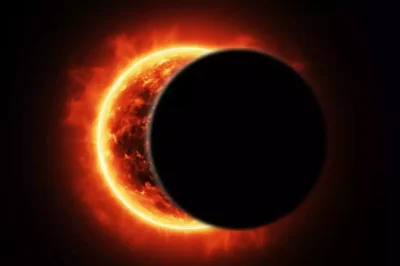
On April 8, 2024, North America will witness a mesmerizing celestial event—a total solar eclipse that will darken skies from Mexico to Canada. This will be a significant viewing opportunity for sky enthusiasts since the path of totality will cover several regions across Mexico, the United States, and Canada. This guide provides insights on how to experience the eclipse safely and make the most of this astronomical phenomenon.
Understanding a Total Solar Eclipse
A total solar eclipse occurs when the moon aligns perfectly between the Earth and the sun, cloaking the latter and casting a shadow over the Earth. This alignment completely blocks the sun’s face for those situated in the path of totality, while others will observe a partial eclipse where the moon covers a segment of the sun’s face.
During the total eclipse, the environment transforms; the skies dim akin to twilight, temperatures drop, and stars might become visible. The eclipse will commence with a partial phase where the sun appears to be gradually covered by the moon. Spectators can witness Baily’s beads and the iconic “diamond ring” effect just before totality.
Where to Watch the Eclipse
The path of totality will first make landfall on Mexico’s Pacific coast and traverse through states such as Texas, Oklahoma, and into the Northeast up to Maine. It will then pass through Canadian territories, ending in Newfoundland. Outside this path, a partial eclipse can be observed throughout the rest of North America.
How to Safely View the Eclipse
Viewing the sun directly without appropriate protection can cause serious eye damage. However, during the brief phase of totality, it is safe to look at the sun without protective eyewear. Before and after totality, viewers must use eclipse glasses that meet the ISO 12312-2 safety standard or utilize a handheld solar viewer. Regular sunglasses are not sufficient to protect your eyes from the sun’s rays.
Special solar filters are also necessary for cameras, telescopes, and binoculars to safely observe the sun. These devices concentrate solar rays, which can damage not only your eyes but also the equipment if not properly filtered.
Experience and Precautions
The upcoming total solar eclipse offers a unique experience to witness one of nature’s most awe-inspiring spectacles. Preparation is key—ensure that you have the correct protective gear and plan your viewing location well in advance. Remember, the next total solar eclipse visible across the contiguous United States won’t occur until 2044, making the 2024 eclipse a must-see event for avid sky-watchers and casual observers alike.








































Leave a Reply